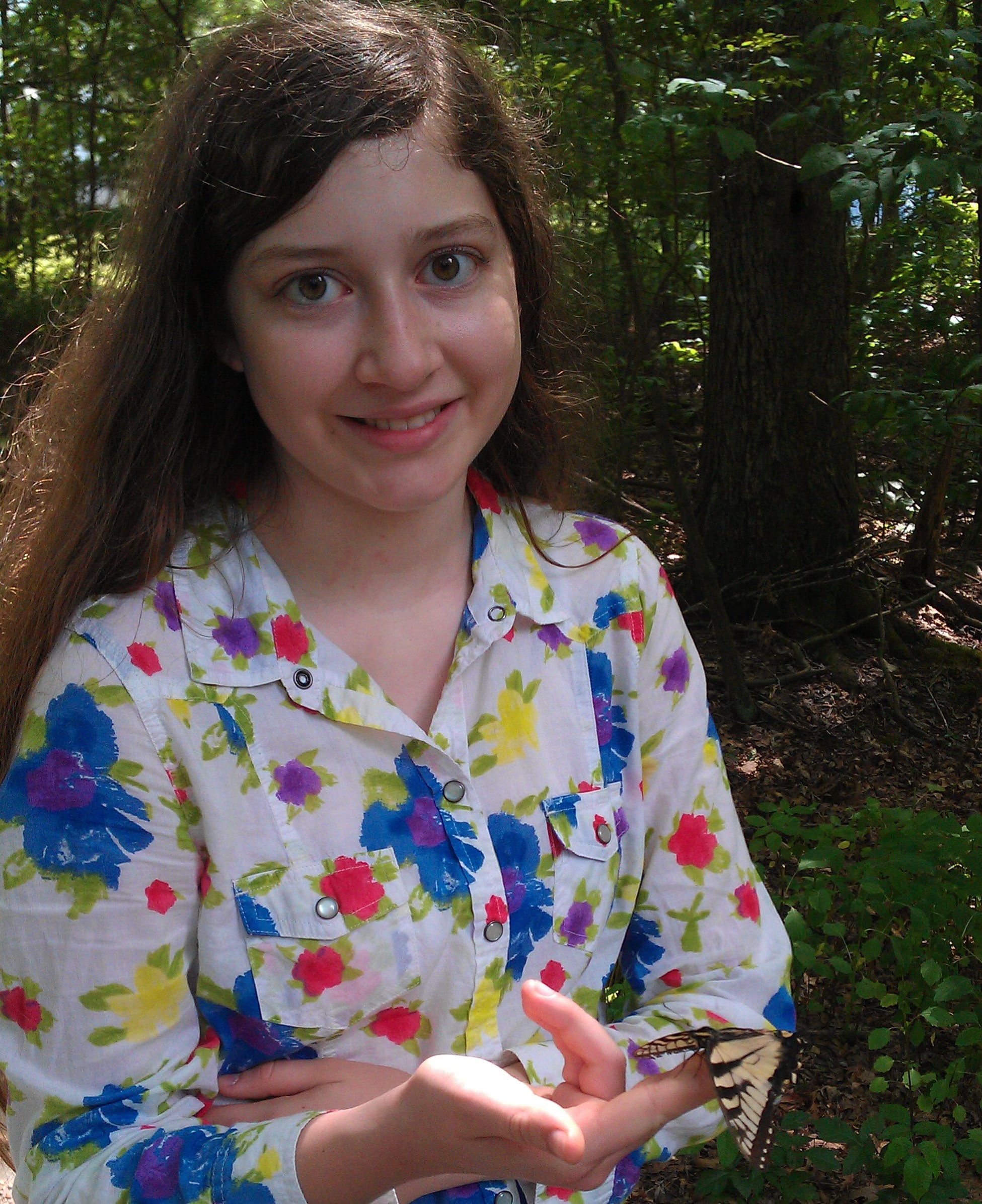Why was six afraid of seven?
Because their colors clash, of course. And seven can be a bit of a jerk.
We tend to trust our own perceptions, and assume others share the same reality we experience. But for about 1 in 23 people, such things as friendly or specifically-colored numbers are just another aspect of reality.

In fact, it could take years for them to realize their friends don’t know the texture of their name, or that, for the rest of the world, “tasting the rainbow†requires Skittles.
These people have synesthesia, a neurological condition which pairs two or more types of perception where most people would only experience one. For a synesthete, the color red might taste like citrus, or the sound of a name may smell of campfire.
Remember the scene in the Pixar movie Ratatoullie, when Remy sees colorful shapes that dance in response to different tastes? Remy appears to have color-taste synesthesia. His animator, Michel Gagné, who has also produced a short animated film titled Synesthesia, experiences the phenomenon as well.
Synesthesia comes in many forms. The association of numbers or letters with colors is one of the most well-known. An “I†might always look milky-white, and “O†blue-green, regardless of their printed hue. Others go beyond the five senses: many subconsciously attach genders or entire personalities to numbers and letters. To me, the number “2†is a shy, serious little boy, and the letter “V†is a friendly, somewhat eccentric artist. The number “7â€, as mentioned, is a real pain- being considered lucky must have gone to his head.

While tasting bananas every time you hear a B-sharp might seem distracting, most synesthetes are fond of their vibrant worlds and even rely upon their consistency to remember names, do calculations, or create art. Indeed, many of the world’s most gifted artists, musicians, and scientists are synesthetes. Franz Liszt would often request his orchestra to play “a little bluer†or “not so rose.†Physicist Richard Feynman described color-tinged equations dancing in the air. Geoffrey Rush, Marilyn Monroe, and Eddie Van Halen are just a few of many synesthetes who, through their art or innovation, share their gift with the world.
In fact, a little shuffling of the senses may not be as unusual as previously thought. Consider the two shapes below- if you were to assign each of the following shapes a name, which would be “Kiki,†and which “Bouba?â€

When presented with this question by psychologist Wolfgang Kohler, 95-98% of people from a variety of cultures and languages- including toddlers who hadn’t yet begun to read– assigned “kiki†to the pointy, star-like shape on the left, and “bouba†to the rounded blob on the right. Without any further information, certain visual traits- namely sharp points and curves- appear to inherently evoke the same “sharp†or “rounded†sounds to nearly everyone tested, regardless of whether they also see music or smell color.
In fact, synesthesia peppers our conversations and ideas on a daily basis. Have you ever described a mood as light, dark, or blue? Or a person as sweet or sour? What about soft music, or hard rock? While some associations like these may be learned, such as the use of blue and pink to represent boys and girls, studies of young children and even other animals indicate that just about everyone shows shades of synesthesia.
The underlying processes that influence these blending senses has prompted synesthesia expert Dr. Danko Nikolic to prefer the term ideasthesia– meaning “sensing of concepts†or ideas- to synesthesia. Several studies point to underlying meaning, rather than mere “crosses wires†between senses, as the basis for synesthetic perceptions; in one such study, a character that could be interpreted as either an “S†or a “5†changed its color to synesthetes depending on whether it were surrounded by numbers or letters. The semantic meaning of the character dictates its color, not its sensory appearance.
The limits of human perception are well known- unfortunately (or luckily, in some cases) what you see isn’t always what you get. But it’s nice to know that what you see can just as often be more than what you get, and everyday experiences- sights, sounds, even numbers and letters- may truly contain more than meets the eye.
 Rosemary Wills is a freshman at UGA majoring in Plant Biology. She spends her days learning about science, writing, and investigating bits of nature she finds on her way to class. In her spare time, she enjoys Python programming and spending time with family. You can e-mail her at rwills25@uga.edu. More from Rosemary Wills. Rosemary Wills is a freshman at UGA majoring in Plant Biology. She spends her days learning about science, writing, and investigating bits of nature she finds on her way to class. In her spare time, she enjoys Python programming and spending time with family. You can e-mail her at rwills25@uga.edu. More from Rosemary Wills. |
About the Author
- athenssciencecafehttps://athensscienceobserver.com/author/athenssciencecafe/April 17, 2020
- athenssciencecafehttps://athensscienceobserver.com/author/athenssciencecafe/April 12, 2020
- athenssciencecafehttps://athensscienceobserver.com/author/athenssciencecafe/April 3, 2020
- athenssciencecafehttps://athensscienceobserver.com/author/athenssciencecafe/March 30, 2020







